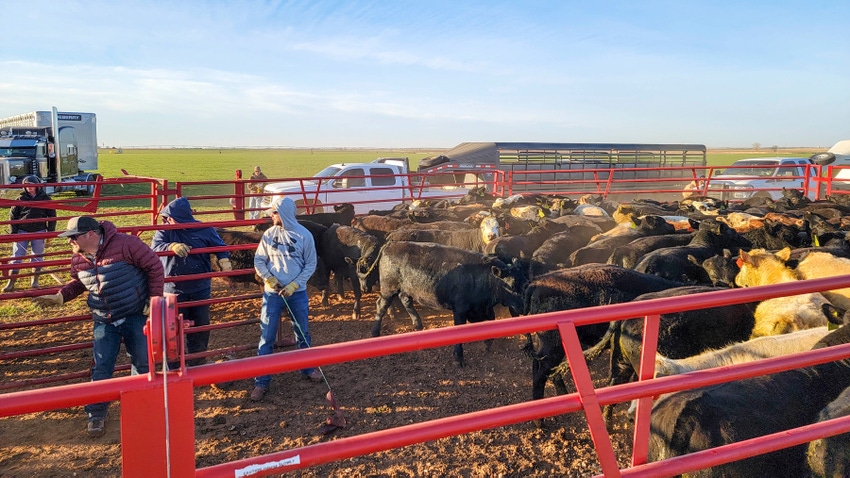Safeguarding Success: Bagley Risk Management Services
Safeguarding Success: Bagley Risk Management Services
Blog Article
Understanding Livestock Threat Protection (LRP) Insurance Coverage: A Comprehensive Guide
Navigating the realm of livestock danger protection (LRP) insurance policy can be a complicated venture for numerous in the farming sector. From exactly how LRP insurance policy functions to the various insurance coverage options offered, there is much to reveal in this detailed overview that can potentially form the method animals producers approach risk monitoring in their businesses.

How LRP Insurance Works
Periodically, recognizing the auto mechanics of Livestock Risk Security (LRP) insurance policy can be complicated, yet damaging down just how it functions can supply quality for farmers and breeders. LRP insurance is a risk administration device developed to safeguard livestock manufacturers versus unexpected price declines. It's essential to keep in mind that LRP insurance coverage is not a profits assurance; rather, it concentrates entirely on rate threat security.
Qualification and Protection Options

When it concerns coverage choices, LRP insurance coverage provides manufacturers the flexibility to pick the insurance coverage degree, coverage duration, and recommendations that best match their risk management needs. Protection degrees usually range from 70% to 100% of the anticipated ending worth of the insured livestock. Manufacturers can likewise pick insurance coverage periods that line up with their production cycle, whether they are guaranteeing feeder cattle, fed livestock, swine, or lamb. Recommendations such as price risk security can better tailor protection to protect versus negative market changes. By recognizing the qualification standards and protection choices offered, livestock manufacturers can make educated decisions to take care of danger efficiently.
Advantages And Disadvantages of LRP Insurance Coverage
When examining Animals Threat Security (LRP) insurance policy, it is essential for animals manufacturers to evaluate the advantages and downsides integral in this risk administration device.

One of the key benefits of LRP insurance coverage is its ability to offer defense versus a decrease in livestock costs. Additionally, LRP insurance policy offers a degree of flexibility, permitting manufacturers to tailor insurance coverage levels and plan periods to suit their details demands.
Nonetheless, there are additionally some disadvantages to take into consideration. One constraint of LRP insurance coverage is that it does not protect against all sorts of dangers, such as disease outbreaks or all-natural calamities. Premiums can occasionally be costly, particularly for producers with huge livestock herds. It is essential for producers to very carefully analyze their private risk exposure and financial circumstance to figure out if LRP insurance is the ideal threat monitoring tool for their procedure.
Recognizing LRP Insurance Premiums

Tips for Maximizing LRP Conveniences
Taking full advantage of the benefits of Livestock Danger Defense (LRP) insurance needs strategic planning and positive risk administration - Bagley Risk Management. To maximize your LRP coverage, consider the following ideas:
Routinely Evaluate Market Conditions: Keep informed about he said market trends and price changes in the animals sector. By monitoring these aspects, you can make educated choices regarding when to acquire LRP coverage to protect against potential losses.
Set Realistic Protection Levels: When selecting coverage levels, consider your production costs, market price of livestock, and potential risks - Bagley Risk Management. Establishing realistic insurance coverage levels ensures that you are properly shielded without overpaying for unnecessary insurance
Diversify Your Coverage: Rather of relying only on LRP insurance coverage, think about diversifying your threat management approaches. Incorporating LRP with other danger management devices such as futures agreements or choices can give comprehensive coverage against market unpredictabilities.
Evaluation and Adjust Insurance Coverage Consistently: As market problems alter, regularly review your LRP insurance coverage to ensure it straightens with your existing danger exposure. Changing coverage levels and look these up timing of purchases can assist optimize your threat defense technique. By adhering to these ideas, you can make the most of the advantages of LRP insurance coverage and safeguard your animals operation versus unforeseen threats.
Final Thought
To conclude, animals danger security (LRP) insurance coverage is a valuable device for farmers to manage the financial risks related to their livestock procedures. By understanding just how LRP works, qualification and coverage choices, along with the pros and cons of this insurance, farmers can make educated choices to shield their resources. By thoroughly taking into consideration LRP premiums and carrying out strategies to maximize benefits, farmers can reduce prospective losses and ensure the sustainability of their operations.
Livestock manufacturers interested in obtaining Livestock Danger Security (LRP) insurance policy can discover a range of eligibility standards and coverage options tailored to their particular livestock operations.When it comes to coverage options, LRP insurance provides producers the versatility to select the insurance coverage level, coverage duration, and endorsements that best suit their threat administration needs.To realize the ins and outs of Livestock Danger Security (LRP) insurance coverage find this fully, comprehending the aspects influencing LRP insurance costs is essential. LRP insurance coverage premiums are established by various components, including the insurance coverage degree chosen, the expected rate of animals at the end of the protection duration, the kind of animals being insured, and the size of the protection period.Testimonial and Readjust Coverage Consistently: As market problems change, occasionally assess your LRP protection to ensure it straightens with your existing threat exposure.
Report this page